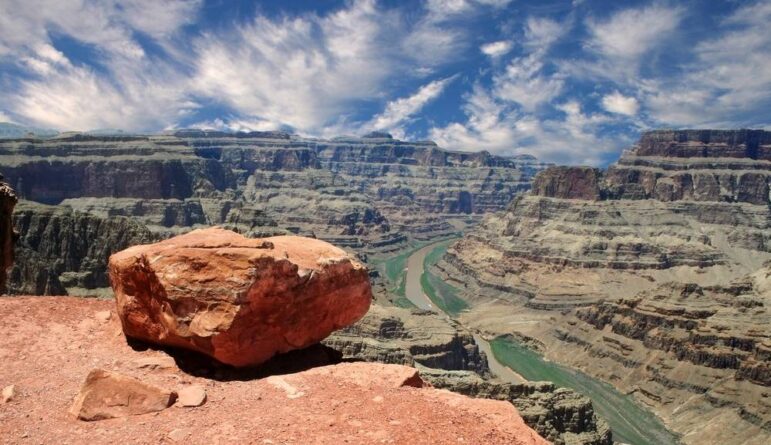
Saturday, June 30th was a bright sunny morning at Los Angeles International Airport where two transcontinental airliners were awaiting their final clearance to commence their outbound flights. On runway 25 was Trans World Airlines (TWA) Flight #2 that was scheduled to depart LAX at 9.01 AM. At the helm was Captain Jack Gandy with 70 crew and passengers onboard. On an adjacent runway 25-L, sat United Airlines Flight #718 with Captain Robert Shirley and 58 crew and passengers, a flight that had been delayed, and was scheduled for take-off at 9.04 AM.
Both flights left as scheduled, just a few minutes apart, with TWA headed to Kansas City and United Airlines to Baltimore/Washington in DC. But as fate typically plays out, it was not long after take-off before the clock quietly started to tick for both flights. It would not be long before everything would dramatically change for the worse. Shortly after take-off TWA flight #2 encountered heavy turbulence. At that time TWA’s Captain Gandy made a request of the LAX tower to change altitude. His request was denied. Captain Gandy then asked the control tower if he could climb by a 1,000 feet to rise above the bad weather. Air traffic control approved the Captain’s request, and subsequently informed him that another flight, United Airlines #718 would also be in his vicinity. With this approval for TWA to seek a higher altitude, both aircraft were now flying at the same altitude of 21,000 feet. And with that, the clock ticked louder for these two flights.
The last communications transmitted by either cockpit was recorded at 9.59 AM. After many attempts, and with no further communications being received by either flight, the Air Route Traffic Control Center at LAX issued a missing alert for both airliners. It took very little time to solve that mystery. Once the missing report was issued, a smaller aircraft which had earlier flown over the Grand Canyon, reported that he had witnessed smoke rising from the Canyons floor near the Colorado River.
At 10.30 AM, the clock stopped ticking forever, when both aircraft collided in mid-air over Arizona’s Grand Canyon. There were no survivors from the 128 passengers and crew on board both planes. A better tell that later shed light on exactly what happened, centered on the fact that no alerts or warnings from either flight came before the collision. The collision just happened! What was identified after weeks of the actual disaster, was a mumbled recording from the cockpit of the United Airlines flight that simply said; “we are going in.”
It was acknowledged that both airlines were off their normal flight course and were likely offering passengers a closer look at the famed Grand Canyon. It was also determined by the investigating panel that both pilots were completely unaware of the other’s position, and without any warning or any time to react, they collided in mid-air.
The collision was so catastrophic. Wreckage was strewn over a very large and rugged area at the bottom of the Canyon walls adjacent to the Colorado River. So horrific was the final impact, that many of the victim’s remains have never been recovered. At that time in 1956, this air disaster was America’s most deadly plane crash, with the highest loss of life, and remains to this very day, as one of the worst air disasters in American aviation history. It was this air tragedy that in 1958 ultimately triggered the United States Congress to pass the Federal Aviation Act which today is now known as the Federal Aviation Administration (FAA). Some believe that the passengers and crew from both of these doomed flights are still talking to us. Today, some 61 years later, those who fly over the Grand Canyon on a sunny day, can still see the reflection from the scattered parts of the 1956 wreckage “glaring in the sun,” from the bottom of the famed Grand Canyon.